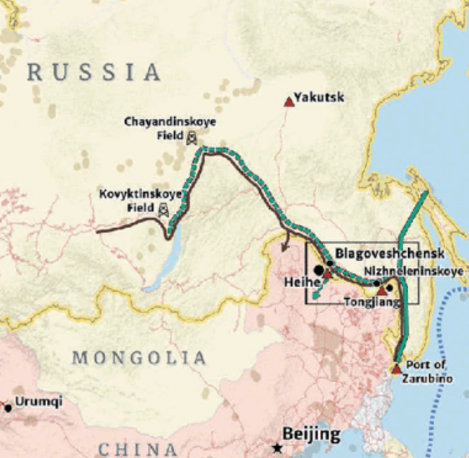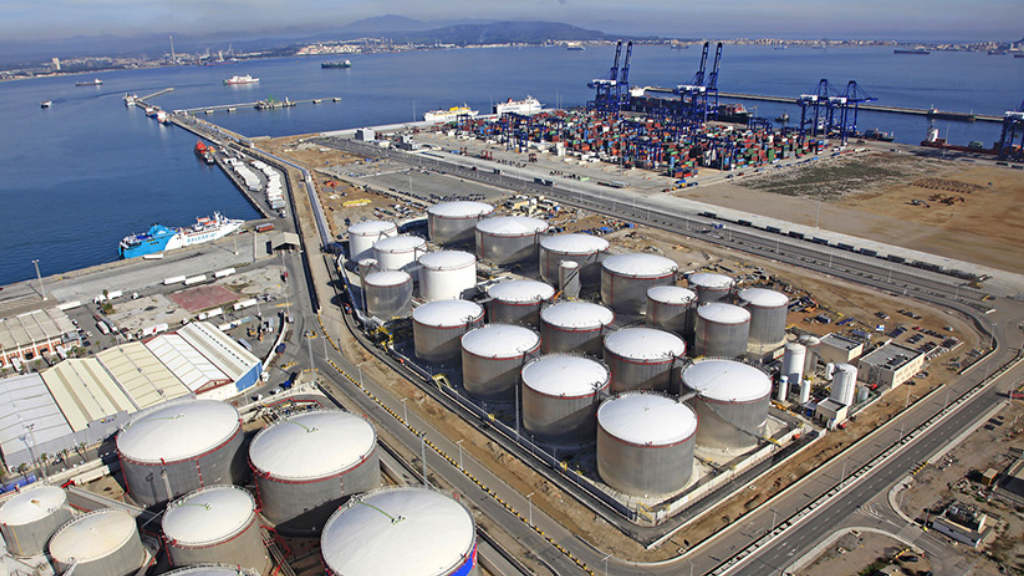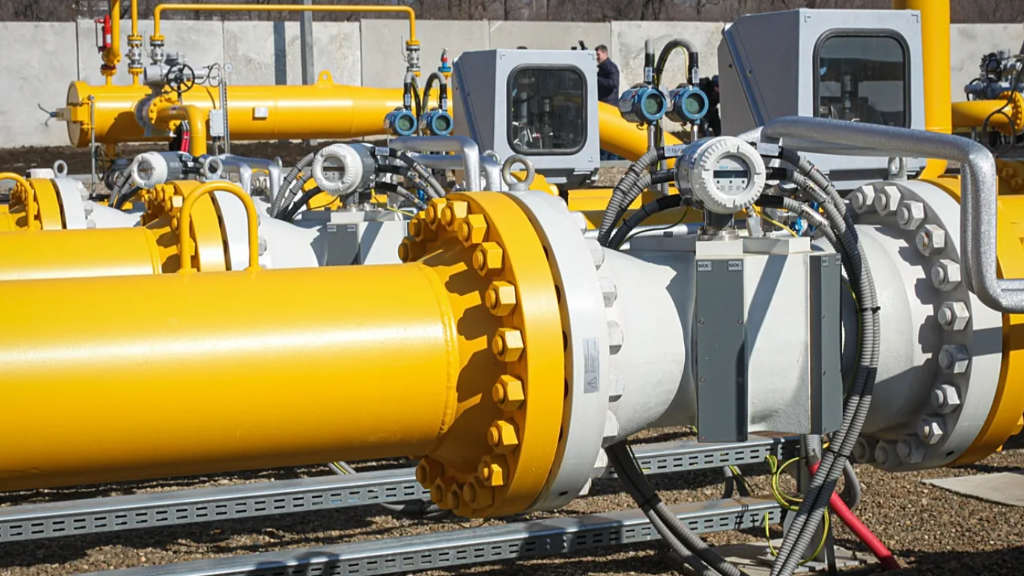China’s Xuan Yuan Industrial Development Co. Ltd will act as the general contractor for the construction of an oil, gas and chemical terminal with a capacity of 7 million tonnes per year near the railway bridge crossing across the Amur River from Nizhneleninskoye in Russia’s Jewish Autonomous Region to Tongjiang in China’s Heilongjiang Province.
Russia’s United Petroleum and Gas Chemical Company LLC (ONGK), and China’s Xuan Yuan signed the agreement during the 2025 Eastern Economic Forum. ONGK LLC was established in August 2021 with the primary purpose to store and warehouse oil and petroleum products. It is making the move to insert itself into Russia-China energy supply chains, very much an industrial growth sector.
The contract provides for the construction of industrial and railway infrastructure for the terminal, and will take five years, with the first stage to be commissioned at the end of 2027.
Arkady Pinchevsky, the ONGC Chairman stated that “The main feature of this project is the integrated transit model for seamless connection of the reception, storage and transshipment of oil products, as well as automatic operation of the Russian railway track with a width of 1520 mm and the Chinese track with a width of 1435 mm. The proximity of the terminal to the federal Amur highway and the Trans-Siberian Railway means we can streamline and reduce the cost of logistics in Russia.” The investment value of the project was not disclosed.

An interesting feature of the project is that it combines both Chinese and Russian rail standards, as the gauges (width) of each are different. This means that wagon reloading equipment will also be utilised.
The two companies have worked together before. In 2023, ONGK and Xuan Yuan signed a ₽60 billion (US$686 million) agreement on joint construction financing, for a land-based, cross-border transshipment complex.
This complex comprises five industrial infrastructure facilities, including an oil terminal/oil storage facility for receiving, storing, blending and loading oil and oil and gas condensate mixtures at up to 5.8 million tonnes per year; an oil depot with vertical and horizontal tanks for receiving, storing and dispensing petroleum products and straight-run fuel oil at up to 1 million tonnes per year; and a gas filling complex for transshipping liquefied petroleum gas and pentane-hexane fraction at up to 650,000 tonnes per year.
It also includes a container site for storing and transshipping hazardous products in tank containers at capacity of 100,000 twenty-foot equivalent units (TEU) per year, as well as warehouses and hangars of 200,000 square meters for processing large-sized and bulk cargo.
The Nizhneleninskoye-Tongjiang border crossing bridge was opened in late 2022 and has a total throughput capacity of 20 million tonnes of cargo per year. In addition to the oil and gas supply chains, iron ore from the Kimkan and Sutara iron ore deposits in the Jewish Autonomous Region is also supplied to China via the bridge.
Further Reading
Two Terminals Developing near the Nizhneleninskoye-Tongjiang Railway Bridge on the Border with China





